Fall and winter are the time of year when we expect to see more respiratory illnesses circulating in British Columbia. We should all be familiar with the steps we can take to protect ourselves and others, prevent spreading sickness, and manage symptoms when we’re at home.
The BC Centre for Disease Control (BCCDC) works with health system partners, including the Provincial Health Services Authority and regional health authorities, to collect and analyze information from different sources to give us a picture of respiratory virus activity throughout the province. SARS-CoV-2 (the virus that causes COVID-19) activity has been stable since October, but influenza A and respiratory syncytial virus (RSV) infections are currently rising.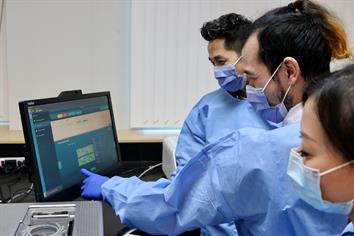
“What we’re seeing this year is an increase in influenza and RSV activity, returning to levels we used to see before the COVID-19 pandemic,” says Dr. Aamir Bharmal, a Public Health Physician and Medical Director of the Public Health Response Division at BCCDC.
“Some of the key things we look at are how many people are getting sick and having severe illness, how many people are going into their doctors for respiratory symptoms and what we’re getting from the lab data − what types of viruses are coming up.”
The BCCDC recently updated its
data tool for respiratory viruses, making it easier to see which viruses are circulating in different communities and whether there are increases in infection or serious illness. Dr. Hind Sbihi is the Director of Data Science and Innovation in BCCDC’s Data and Analytics Services area, a team that helped establish the surveillance platform and contributes to the weekly reports.
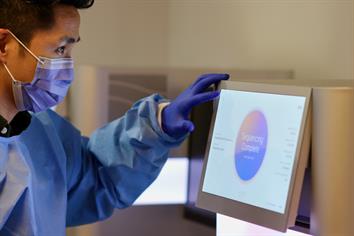 “We have the laboratory infrastructure across B.C. to test for a variety of respiratory pathogens, and on the dashboard, we present summed up test counts,” says Dr. Sbihi, adding that the Public Health Laboratory (PHL) also sequences the genes of different viruses to help identify which strains are infecting people.
“We have the laboratory infrastructure across B.C. to test for a variety of respiratory pathogens, and on the dashboard, we present summed up test counts,” says Dr. Sbihi, adding that the Public Health Laboratory (PHL) also sequences the genes of different viruses to help identify which strains are infecting people.
“We’re able to use the dashboard to communicate on the subtypes of viruses that are circulating,” says Dr. Agatha Jassem, Program Head of the Virology Lab at the PHL. “This is important information, as it can affect patient management and inform vaccine strain match.”
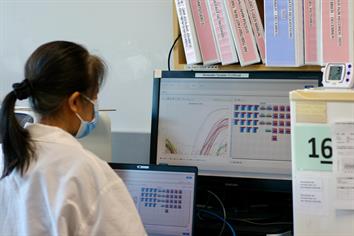 The data are updated every Thursday from November to April, when respiratory infections are more common. Regular updates allow people and communities who could be significantly affected by these viruses to stay informed of their risk. The dashboard is also a tool for public health, provincial government and regional health authorities to monitor trends, identify outbreaks and be ready to act to help keep people safe.
The data are updated every Thursday from November to April, when respiratory infections are more common. Regular updates allow people and communities who could be significantly affected by these viruses to stay informed of their risk. The dashboard is also a tool for public health, provincial government and regional health authorities to monitor trends, identify outbreaks and be ready to act to help keep people safe.
“The dashboards have both key messages and data-rich visuals,” says Dr. Natalie Prystajecky, the Program Head for Environmental Microbiology at the PHL. “This makes it easy for those who want the “Coles Notes,” and offers in-depth analysis for those who want more detailed information.”
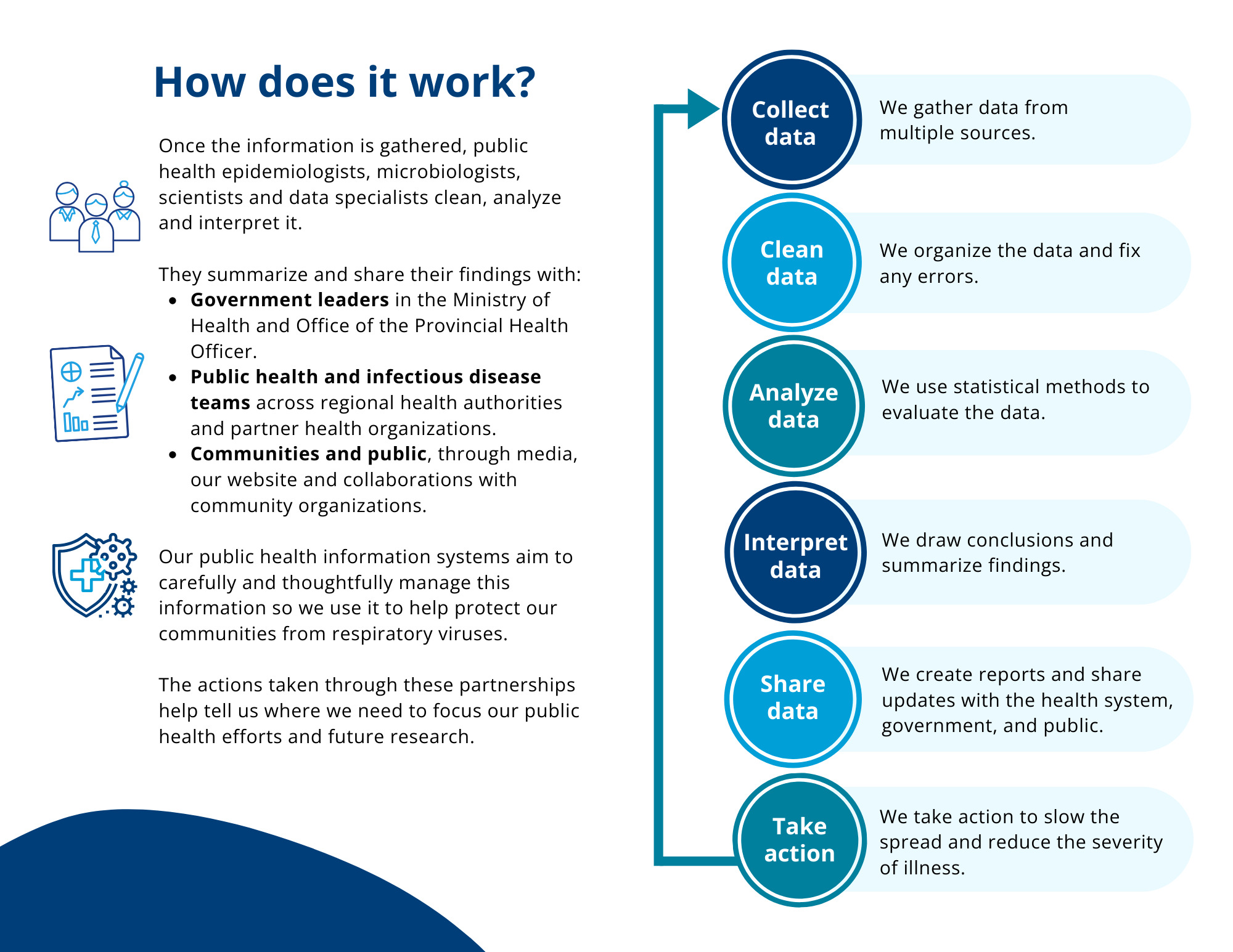
An infographic created by the Knowledge Translation and Public Health Response teams shows how the data tool works. Select the image to view the full PDF document.
Wastewater data on flu and RSV available to the public
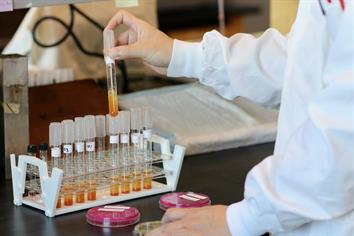 Ahead of respiratory illness season, the BCCDC Public Health Laboratory and Wastewater Surveillance Team expanded their ongoing testing of wastewater for SARS CoV-2. The project started during the pandemic and previously covered the Lower Mainland, but the lab now receives samples from water treatment plants throughout the province. The wastewater project team has rolled out a new testing protocol to detect levels of the two mains strains of flu and RSV, in addition to ongoing monitoring of the virus that causes COVID-19.
Ahead of respiratory illness season, the BCCDC Public Health Laboratory and Wastewater Surveillance Team expanded their ongoing testing of wastewater for SARS CoV-2. The project started during the pandemic and previously covered the Lower Mainland, but the lab now receives samples from water treatment plants throughout the province. The wastewater project team has rolled out a new testing protocol to detect levels of the two mains strains of flu and RSV, in addition to ongoing monitoring of the virus that causes COVID-19.
“It’s really all about the accessibility of health data,” says Dr. Prystajecky, explaining that a blend of key messages, sophisticated analytics and user-friendly visualizations make it easy for anyone living in B.C. to consult the data tool and see what’s happening in their area.
 While BCCDC, PHL and the regional health authorities continuously monitor the common illnesses we see every year, Dr. Linda Hoang, Medical Director of the PHL, says she and her team keep an eye out for new and emerging pathogens that aren’t included in the dashboard but could still spread to B.C.
While BCCDC, PHL and the regional health authorities continuously monitor the common illnesses we see every year, Dr. Linda Hoang, Medical Director of the PHL, says she and her team keep an eye out for new and emerging pathogens that aren’t included in the dashboard but could still spread to B.C.
“Mycoplasma pneumoniae, for example, is a hot topic this year,” says Dr. Hoang, explaining that the public health lab watches for unusual trends in B.C. and the possibility of antimicrobial resistance in the pathogens they’re monitoring.
Tips to stay healthy this respiratory illness season
Dr. Bharmal says this year’s influenza vaccines appear to closely match the strains of influenza that are currently circulating in B.C. and emphasizes the importance of getting vaccinated. He says everyone six months and older should get a flu shot and additional doses of a COVID-19 vaccine, but it’s especially beneficial for children, as many younger children weren’t previously exposed to different strains of influenza during the pandemic. Vaccines are also strongly recommended for older people with health complications, people who are immunocompromised, and anyone in regular contact with those at higher risk.
Here are a few things you can do to help limit the spread of respiratory illness over the holidays and in the coming months:
-
Get immunized – this is the best way to prevent serious illness
- Everyone registered with the Get Vaccinated system will receive an invitation to book an appointment for the updated COVID-19 and influenza vaccines
- Stay at home if you’re feeling sick
- If you have any symptoms of respiratory illness and must leave your home, practice respiratory etiquette:
- Wear a mask in indoor public spaces
- Cough and sneeze into your elbow
- Clean your hands regularly
- Avoid touching your face, especially your eyes, mouth and nose
- If you’re sick, stay away from people at higher risk of serious illness
